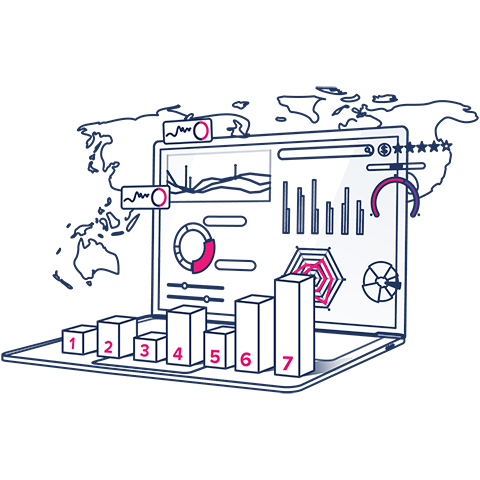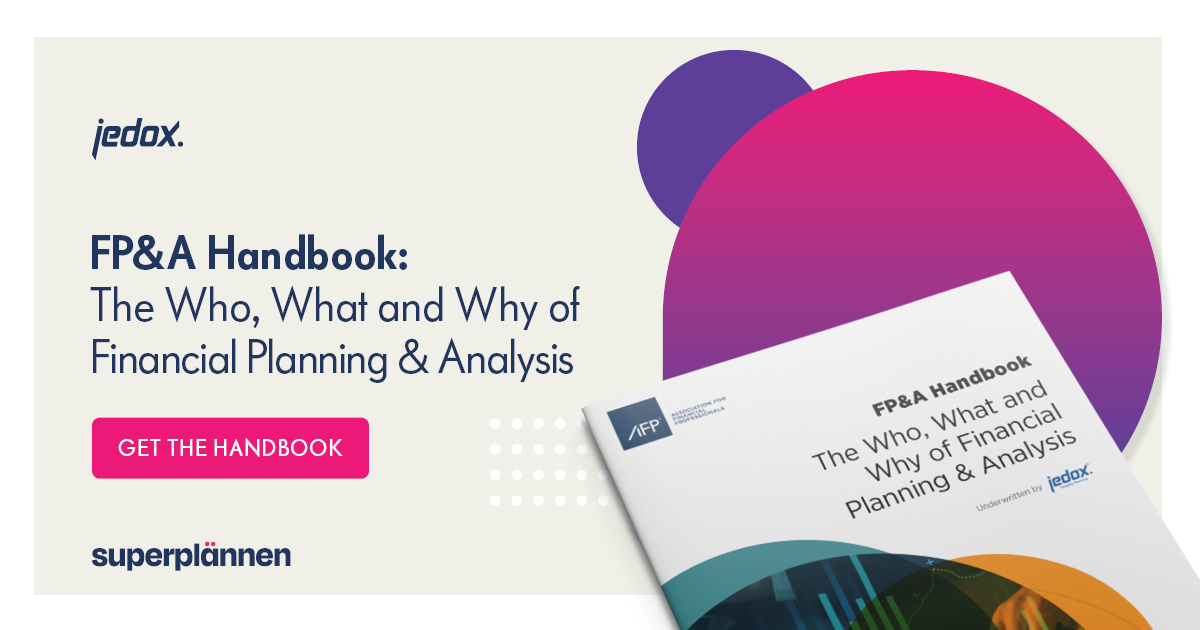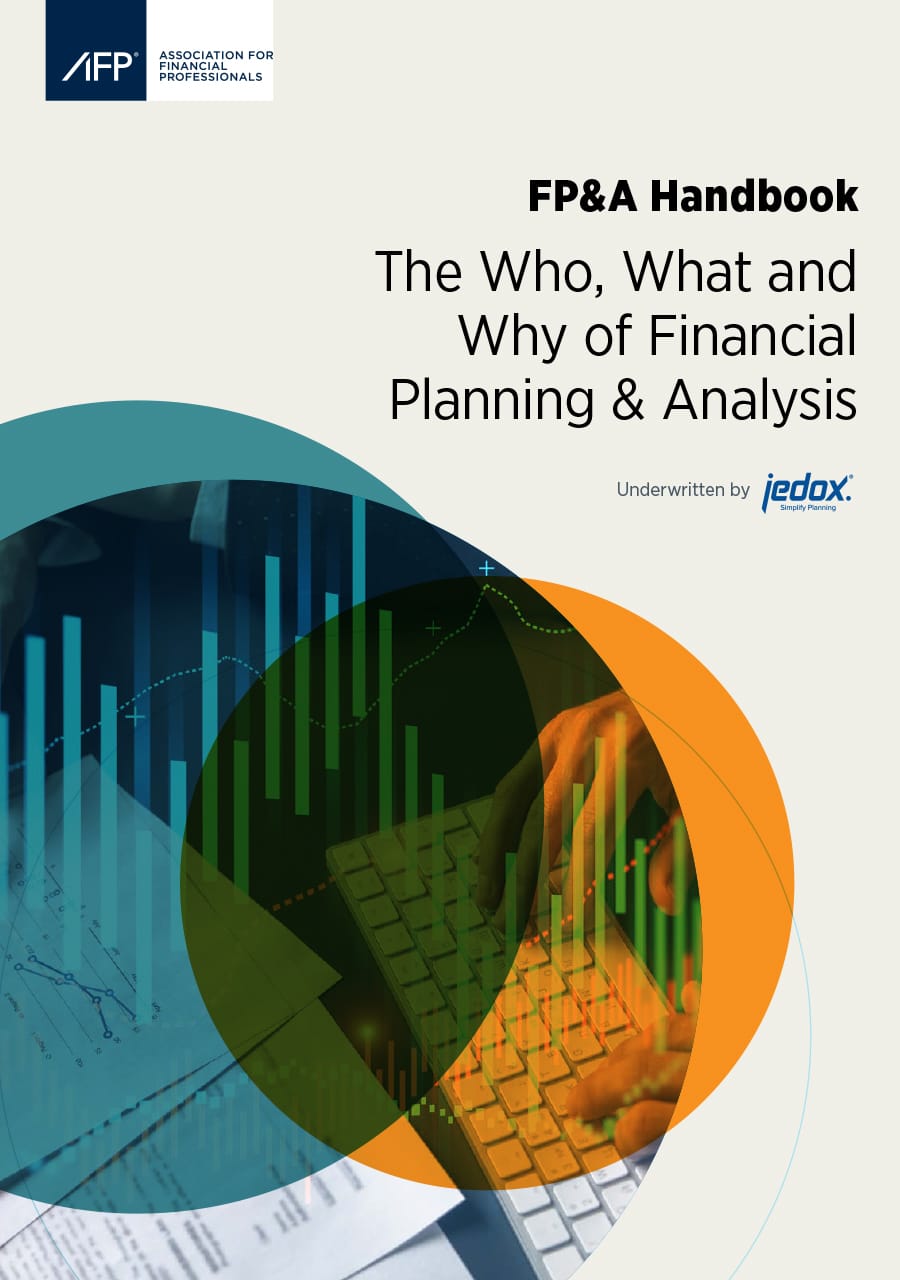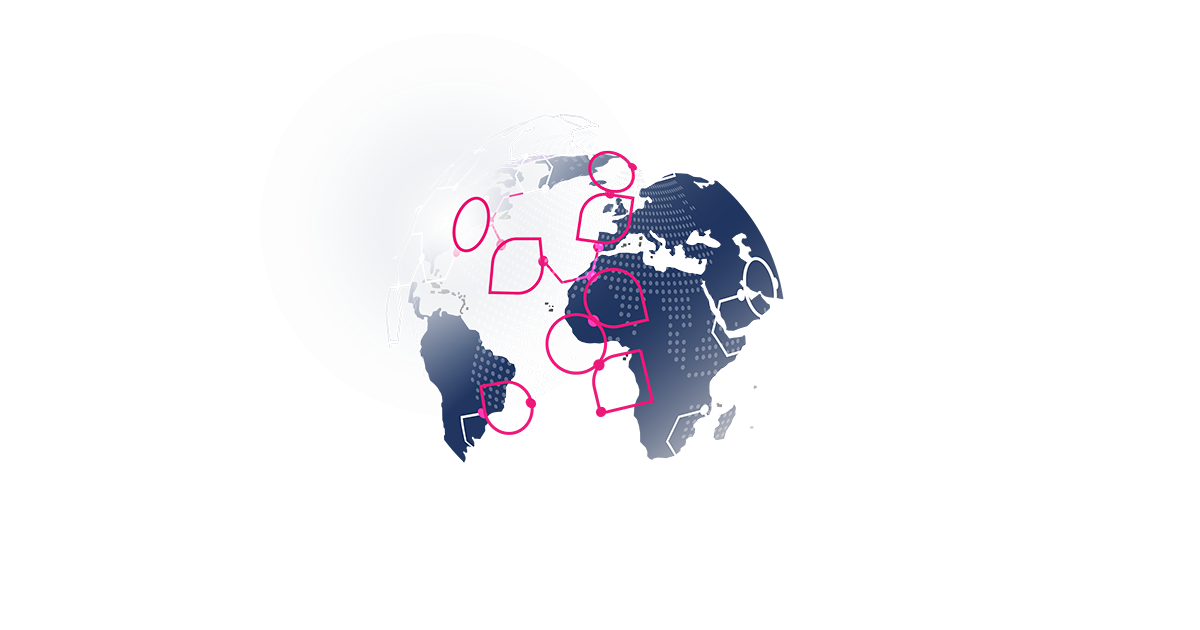
7 FP&A trends that can help you gain an advantage in 2024
Financial planning and analysis (FP&A) helps organizations survive and thrive by turning data into strategic value. It helps organizations to navigate waters plagued with complexity and uncertainty, helping them to make decisions informed by a firm grasp of the numbers.
Technological innovation is pushing FP&A forward, from automating manual tasks to using the latest ML and AI technology to analyze vast amounts of data, plan scenarios, identify drivers, and uncover insight. Improving the accuracy of projections, helps FP&A professionals interact with data, and integrate data to get a holistic understanding.
How is the FP&A landscape changing? What are the latest FP&A trends that can help you gain a competitive advantage in 2024?
1. AI and machine learning turbocharge analysis
Artificial intelligence (AI) and machine learning (ML) are already being used in many exciting and impactful ways that you may have encountered, so it should come as no surprise that it is also being leveraged in the world of FP&A.
39% of finance organizations are already using AI and machine learning according to a Gartner survey of 133 finance leaders conducted in May 2023, with a further 29% already having plans in place to leverage the technology.
Through analysis of large datasets, AI and ML can identify drivers, spot patterns, make predictions, plan for different scenarios, and offer the kind of insight that can take a lot of time to uncover manually.
Although there is some resistance to this change, FP&A professionals don’t have to fear the emergence of AI in Finance. AI is stable, mature, and capable of supporting the office of finance.
See how Jedox AIssisted Planning Wizards help FP&A professionals to test hypotheses, model scenarios and to make informed data-driven decisions.
2. Automate everything
Hyperautomation is the idea of automating everything possible within an organization. Automation saves time, improves accuracy, reduces the risk of human error, and frees teams up to spend their time on activities that add more value.
As data becomes more integrated and can be transformed more easily, more tasks are going to be able to be automated. As more tasks are automated it reduces the burden that tedious, repetitive processes and outdated legacy infrastructure can place on an organization.
That means less time spent on tedious, repetitive, mundane tasks, and more time spent on meaningful analysis and decision-making.
Find out how Jedox can help integrate and automate financial and operational data.

3. Beyond automation, to an autonomous finance
Autonomous finance is the integration of innovative technologies like artificial intelligence (AI), natural language processing (NLP), and machine learning which evolves by constantly analyzing data, to automate the management of financial tasks.
These technologies work together to recognize patterns, uncover trends, and identify discrepancies, merging into a cohesive system powered by data and algorithms designed to streamline financial procedures and operations. This innovation allows financial professionals to leverage predictive analytics for better decision-making.
AI revolutionizes monotonous, everyday financial tasks, with robotic process automation (RPA) enabling the secure and efficient processing of financial information. This transition from hands-on to automated performance management is a significant evolution, signaling a profound change in the way businesses engage with the financial world, minimizing human involvement.
The evolution of finance from traditional bookkeeping and spreadsheets to advanced, AI-enhanced platforms has been driven by technological innovation, regulatory shifts, and a growing need for efficiency and clarity in financial operations, leading to an increased adoption of automation tools.
4. Integrated organizational planning and reporting
FP&A is moving beyond finance to integrate information from across an entire organization, including sales, finance, operations, and HR – to provide a holistic view, aid understanding, and help facilitate the right data-driven decisions.
In this way, it’s evolving into something that is better represented as Integrated Business Planning (IBP), where more than just financial data, analysis, and levers are considered. This integration can lead to better communication between teams as key functions are streamlined and dots are joined.

Tim Caudill
A recent podcast interview with Jedox’s Tim Caudill describes how organizations can create a blueprint for the transformation of integrated business planning. He describes a bright future of planning and performance management software (including FP&A, EPM, IBP). The space is set for a seismic shift as a combination of automation, integration and transformation means less reliance on manual tasks, and more time, resource, and support for value-adding activities. Cutting-edge technologies including artificial intelligence, natural language processing (NLP) and machine learning are also contributing to the rise of Autonomous Finance in organizations.
5. A single source of truth
When planning and reporting data is integrated, and information is no longer scattered and disconnected, it can help organizations achieve something called a single source of truth; a single reference point for information throughout the organization.
The benefits of this are obvious: everyone within the organization is looking at the same information, helping them to communicate and collaborate effectively.
Pan Asia Alliance created a single source of truth and made their reporting 3x faster with Jedox.
6. Agility in the face of change
It’s been a turbulent few years for the world economy, and as the pace of change grows greater, FP&A teams are looking for ways to improve their ability to adapt to events quickly as they unfold.
Organizations can lay the foundations for greater operational agility by transitioning to more frequent or even ongoing rolling forecasting, modeling multiple scenarios, and automating time-consuming processes. Faster cycles mean faster feedback loops and learning, supporting better understanding and better data-driven decisions at the right time. It’s not good enough to wait until the end of the month for a report to be generated: teams need to be empowered with information whenever they need it.
7. Confident decision-making
The ability to make decisions with confidence and speed is a goal that many strive to achieve; however, confidence comes not simply from access to data but from a meaningful understanding of what the data means.
Integrated planning data promotes better, more holistic understanding of an organization and the most important internal and external drivers. It’s helping organizations to make better data-driven decisions with confidence.
Moving from siloed to integrated business planning gives teams the exhilarating and satisfying feeling of working smarter, collaborating better, being decisive, and hitting the mark. At Jedox, we call this feeling Superplännen.




